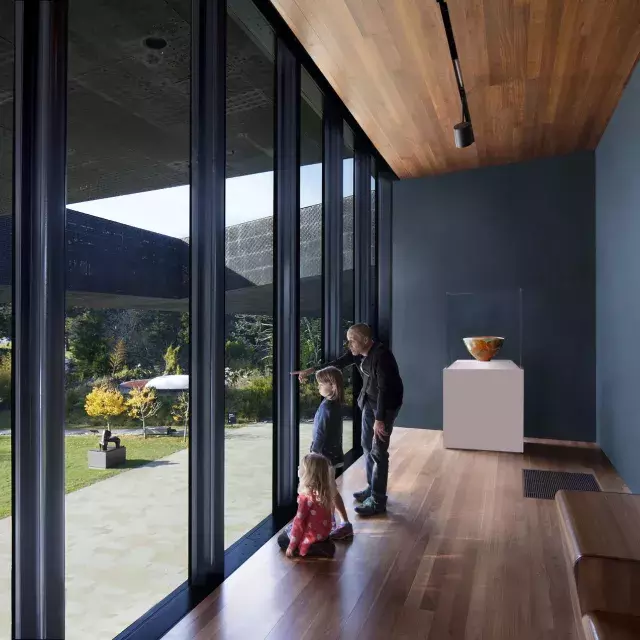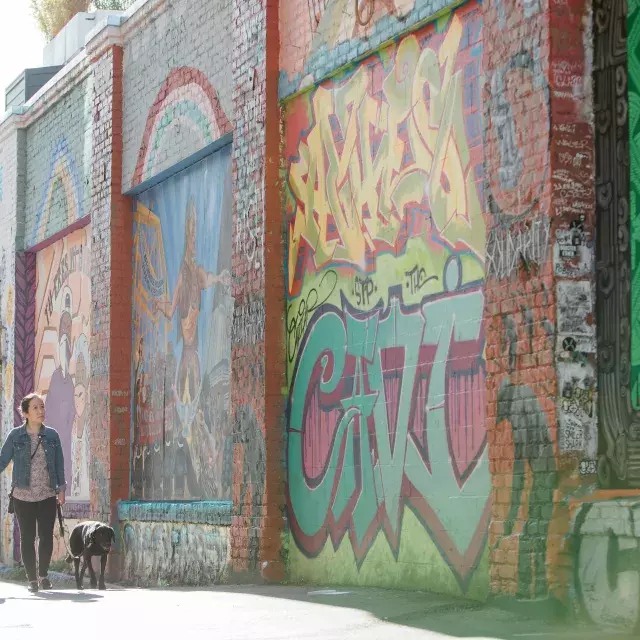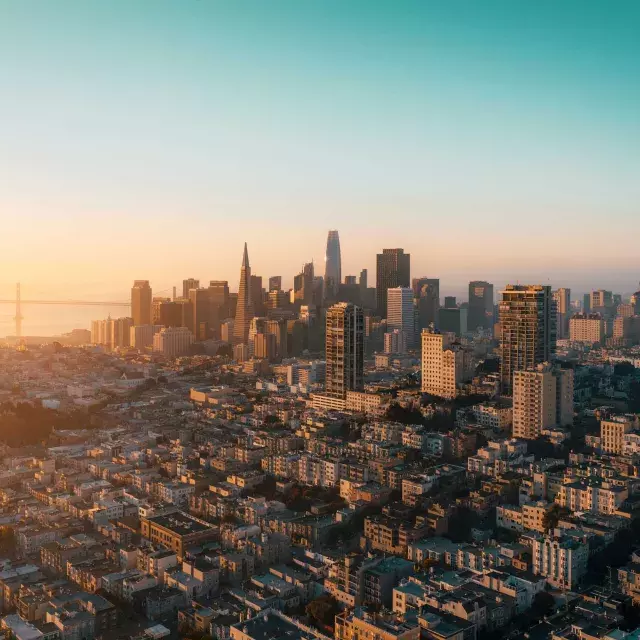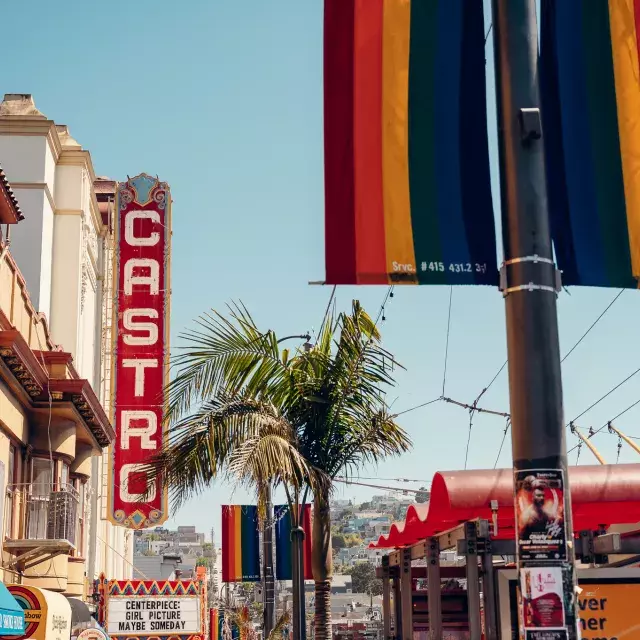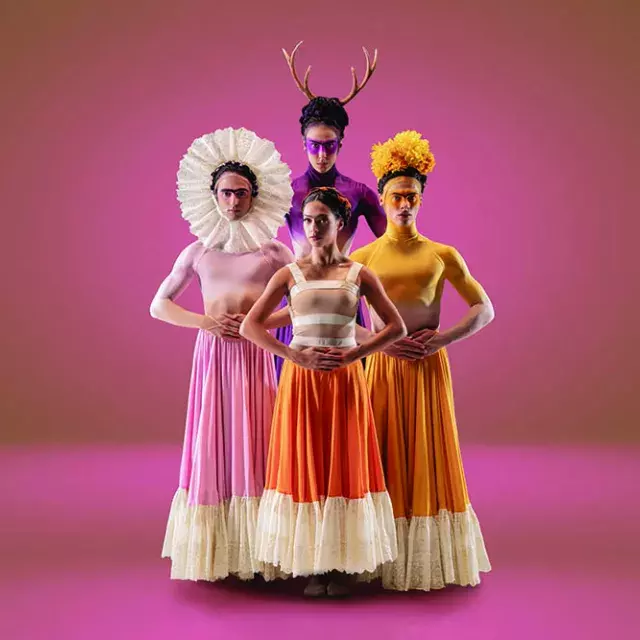
Your Guide to San Francisco Architecture
San Francisco has it all. From Victorian to mid-century modern styles, here’s an in depth guide to SF Architecture.
If you know what to look for, the history of San Francisco can be seen in the varying styles of homes. You can see the growth of the city from when it was a frontier settlement to the cosmopolitan city that it is today. Every era has its own unique style.
Italian Style
When gold rush speculators arrived in 1849, the Italianate style was in vogue, a movement that tried to recreate the look of farmhouses and villas in the Italian countryside. The main decoration of these houses are cornices supported by corbels and eaves over doors and windows.
The early Italianate styles of San Francisco were simple flat-fronted buildings like those in old western towns (which the city was at the time). As framing techniques became more sophisticated, multi-story octagonal bay windows became an important element of this style.
The Italianate style abounded in the city, but most of these homes were lost in the fire of 1906. Some examples of Italian houses remain west of Divisadero Street and south of 20th Street in the Mission neighborhood.
Stick
San Francisco was once surrounded by lush forests, and as the Industrial Revolution took hold, the city drew on its natural resources. Redwood groves were cut down for two-by-fours. The new structures used standardized wood. The houses began to incorporate more complicated facades and roofs. Once built, every imaginable surface was covered with pieces of machine-cut molding creating geometric patterns. Stick houses are common in neighborhoods that did not burn in 1906, such as the Western Addition, Noe Valley, Eureka Valley, the Mission and Potrero Hill.
Queen Anne Style
In a short time, San Francisco went from being an outpost far from civilization to one of the world's leading industrial cities. Its inhabitants wanted to show their newly acquired economic power by building opulent houses.
Queen Anne-style houses are fanciful and exaggerated. They feature innumerable combinations of bay windows, turrets, and decorated rooflines. The decorations of these houses tend to be feminine and showy. This is the case of the Painted Ladies of Alamo Square, in which garlands of flowers and gold abound. Quirky examples of the Queen Anne style can be found in Haight-Ashbury, Alamo Square, Cow Hollow, and Pacific Heights.
Edwardian
At the turn of the 20th century, most of the Western world wanted to see itself as a direct extension of ancient Rome. Instead, San Franciscans saw themselves as something new and modern. They had to resolve the tension of being ambassadors of Western culture while living in a modern world.
Although less opulent than the earlier Queen Anne style, Edwardian houses are more masculine and have details of old temple architecture. They have fewer interior partitions and larger rooms. Edwardian houses are concentrated in areas that were rebuilt after the 1906 fire, such as SoMa and the Mission.
Mission
The Mission-style home was an attempt to go back in time. It revived the look of the Spanish missions, which had little decoration on their adobe and stucco facades. Key elements of the Mission style were reinterpreted later as Spanish Colonial, which is currently the most influential style in California. It was used by developers to romanticize the western frontier. Mission-style homes can be found in Glen Park, the Sunset, the Richmond, the Mission, and Noe Valley.
Craftsmen
In the early 20th century, it seemed that everything was being produced by large corporations and machines. Some feared that traditional crafts would end up being lost to the assembly lines.
The Craftsman house is not done with machinery; it is built by skilled hands. The movement revived the trades, elevating them to the category of art. Examples of this style can be found in Glen Park, the Sunset, the Richmond, and Noe Valley.
Art Deco
Built on a foundation of steel and an uncontrollable enthusiasm for industry, the buildings of the 1920s touched the sky. Art Deco houses are heavily decorated with geometric patterns that emphasize vertical lines and the illusion that the building vanishes above the clouds (or fog). They feature modern or industrial materials such as chrome, glass, and steel. These buildings speak of optimism and technology. Symbols of capitalism, this style was used primarily on commercial buildings, but some Art Deco homes can be found in Pacific Heights, the Sunset, the Marina, and Sea Cliff.
Early Residential Townhouses
When families who fled the Dust Bowl came to California, local developers had a great idea. They could make a lot of money by buying tracts of land on the outskirts of the city and building a multitude of almost identical houses. For maximum benefit, floor plans were repeated over and over like an assembly line. This was the beginning of a growing trend in uniform subdivisions that transformed the entire American landscape.
The developers relied heavily on the hype. The San Francisco Chronicle wrote glowing articles about the new homes (while also ceding advertising space to the developers), and the original stylized facades and ever-changing new models helped keep the hype going. These homes abound in the Marina, the Sunset, the Richmond, and many more neighborhoods.
Streamline Moderne
The despair of the Great Depression left the common man dreaming of traveling to exotic places. Luxury travel was all the rage in the 1930s. Streamlined details on trains and the horizontal decks and rails on luxury ships inspired Streamline Moderne homes. The low, long silhouettes are enhanced with horizontal details, and the rounded corners evoke the bow and portholes of elegant yachts. Streamline Moderne homes can be found in areas that developed later, such as the Sunset, the Mission, and Noe Valley.
Rationalism
The Depression made capitalism look bad. Socialism began to be seen favorably. The world was ready for an aesthetic movement that embodied a new cooperative idea.
The Rationalist style was introduced as a style for everyone. The 1939 Golden Gate International Exposition on Treasure Island showcased this minimalist architectural style, which was inspired by technology rather than history. The idea was to leave behind all cultural identities and live globally.
The Rationalist house casts aside any ornament that is not useful, and embraces simple square shapes. Today, many say they look blocky and boring, but at the time the clean lines were revolutionary. Rationalist homes can be found in Noe Valley and Sea Cliff.
Mid-Century Modern
By 1950, there was virtually no land left in San Francisco on which to build except for the windswept peaks, which had previously been considered too hostile to live on. But new technologies made houses weatherproof, and these areas were eventually opened up to developers. After all, with views like that, who needed to leave home? The modernist design reflects the technological and social revolution that transformed the city's own cultural landscape. Mid-century Modern homes can be found in Diamond Heights and Twin Peaks.
Postmodern
In the 1960s and 1970s, San Francisco was the epicenter of radical change. Civil rights, women's liberation, and the sexual revolution were mixing things up. Free love, drugs, and rock and roll permeated youth culture. This anything-goes spirit allowed styles to mix. Postmodern homes were built in what were then sparsely populated areas, such as the Sunset and Bernal Heights, or where outdated industrial buildings were being replaced, like Potrero Hill and Mission Bay.

